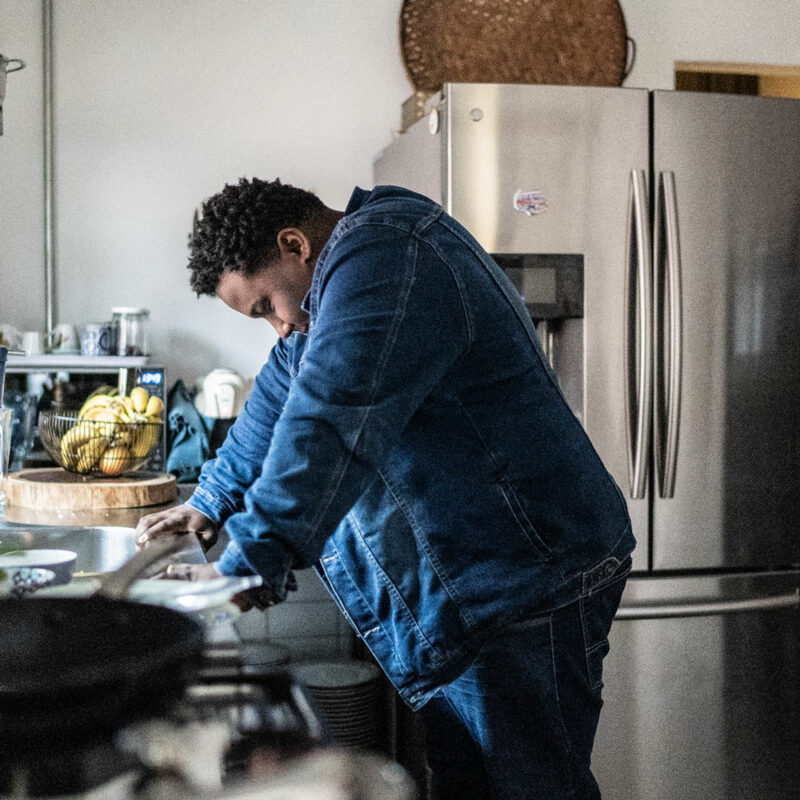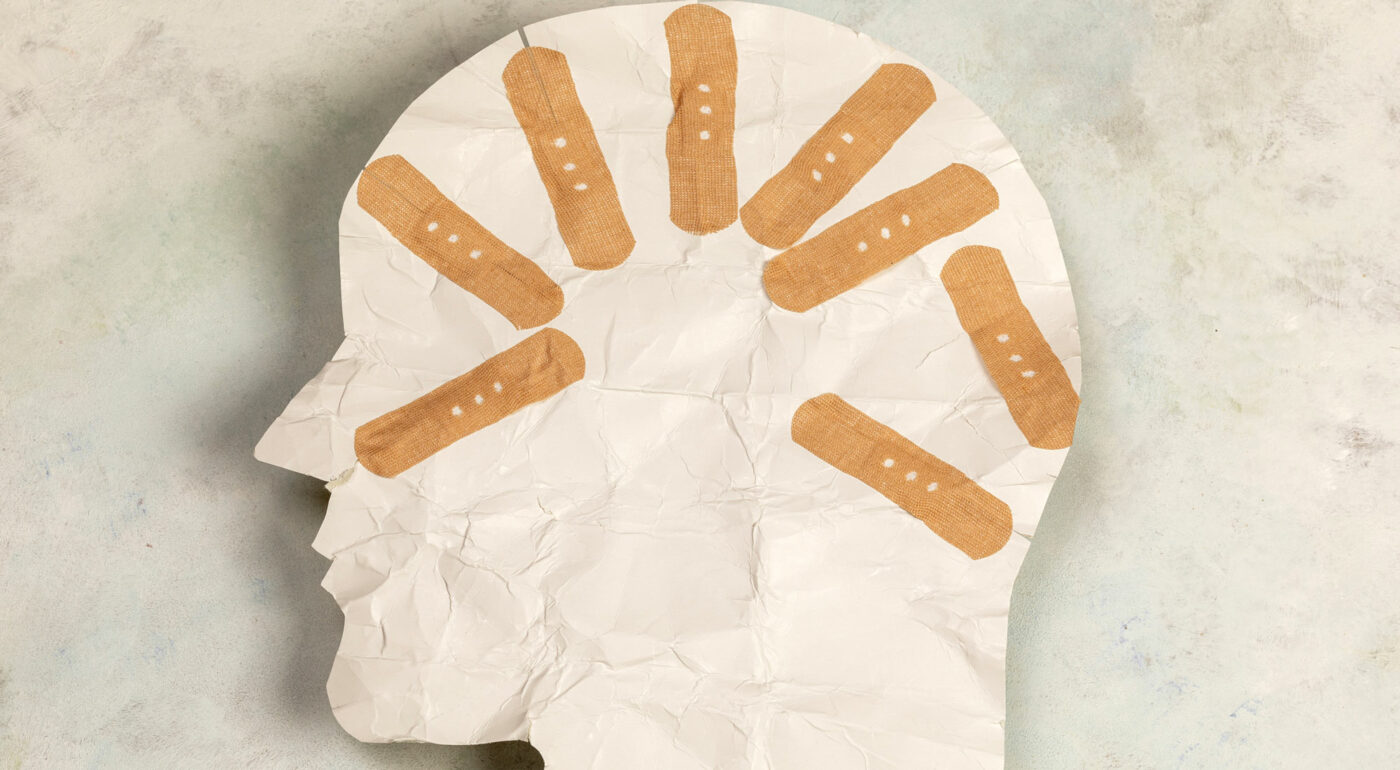By Stephanie O’Brian, Ed. S., LPC
What Is Trauma?
The National Institute of Mental Health (NIMH) reports about 50% of Americans will experience a major traumatic event. What exactly is trauma? Mental Health America (MHA) defines emotional and psychological trauma as an “emotional response to a distressing event or situation that breaks your sense of security.”
Trauma can affect a person cognitively, emotionally, physically, and socially. “The effects of unresolved trauma can be devastating,” says Meadows Senior Fellow Dr. Peter Levine. “It can affect our habits and outlook on life, leading to addictions and poor decision-making. It can take a toll on our family life and interpersonal relationships. It can trigger real physical pain, symptoms, and disease. And it can lead to a range of self-destructive behaviors.”
Trauma can affect a person cognitively, emotionally, physically, and socially.
What Is PTSD?
MHA describes post-traumatic stress disorder (PTSD) as presenting itself in three different ways:
- Cognitively – through flashbacks, nightmares, and mentally reliving traumatic experiences
- Emotionally – by feeling emotional numbness or avoiding places, people, or scenarios that trigger memories of the trauma
- Psychologically and physically – with sleeplessness and irritability
According to the National Center for PTSD, to be at risk for PTSD, the trauma must be “a shocking and dangerous event that you see or that happens to you.” This specific type of event can make you feel like your life or others’ lives are in danger. The Center reports that roughly 6% of Americans will experience PTSD in their lifetime and about 5% annually are affected. In 2020, this equaled about 13 million people. Research also indicates that women are more prone to develop PTSD than men (8% compared to 4%). Although more veterans are likely to experience PTSD than civilians, combat is not the only trigger for PTSD.
NIMH has specified that in the most severe cases, PTSD can impair your ability to function normally at home, work, and in social settings. Living with PTSD can be incredibly isolating, causing further mental health struggles.
Are Trauma and PTSD the Same?

Experiencing trauma does not guarantee that you will experience PTSD. It is also important to remember that not all stressful events are trauma, and not all traumas are the type of trauma that leads to PTSD. Though most people are able to navigate through their trauma over time, others can continue to experience trauma and symptoms related to their trauma months or even years down the road, says MHA.
While the symptoms of traumatic stress and PTSD can look similar immediately following an event, they do develop differently. The difference between trauma and PTSD is in how they progress in the aftermath. When you experience PTSD, your initial feelings of the trauma do not fully dissipate.
So, are trauma and PTSD the same? No. Trauma precedes PTSD. Most of us will experience trauma in our lives, but not all of us will experience PTSD.
How Trauma and PTSD Impact Mental Health
Trauma expert and Meadows Senior Fellow Bessel van der Kolk explains, “Long after the actual event has passed, the brain may keep sending signals to the body to escape a threat that no longer exists.” When your brain is constantly fearing the worst may happen once again, it becomes exceedingly difficult to go on living a normal life (or even pretending to).
“Being traumatized is not just an issue of being stuck in the past, it is just as much a problem of not being fully alive in the present,” says van der Kolk. When you are living in survival mode daily, it impedes your ability to function. At times, you may feel paranoid, while at others, you feel completely alone and trapped in your own mind.
Minimizing PTSD Risk After Trauma
Dealing with trauma and PTSD is a burden many carry. Thankfully, there are ways to help yourself heal from trauma and decrease the chances it will develop into PTSD.
As Dr. Levine says, “Trauma is a fact of life. It does not, however, have to be a life sentence.”
“Trauma is a fact of life. It does not, however, have to be a life sentence.”
— Dr. Peter Levine
According to MHA, there are several steps you can take after experiencing a traumatic event to help mitigate your risks of developing PTSD:
- Gather social support. Avoid bottling up your feelings; share your experience with trusted people.
- Start relaxation strategies. Consistent time spent in meditation or prayer, or practicing breathing exercises, yoga, walking, etc., can help curb your symptoms.
- To help keep yourself in the present, utilize grounding techniques like walking barefoot in the grass, breathing deeply, or practicing the 5-4-3-2-1 method.
- Avoid detrimental coping strategies. Though some behaviors such as oversleeping, overeating, abusing drugs, excessive drinking, or isolating yourself may feel comforting, they are negative coping skills and do not lend themselves to true healing.
- Participate in therapy. After a traumatic experience, it is helpful to process what has happened.
Get Help for Trauma and PTSD at The Meadows Texas
When you realize your trauma and PTSD are controlling you more than you are controlling it, it’s time to get help. For some of you, you are already at this point. You have already started making changes in your life due to PTSD. At The Meadows Texas, we are passionate about whole healing. We help those seeking refuge by getting to the deepest roots of trauma. It is important to know that healing is possible, and that life can be spent living in thriving mode instead of survival mode. If this sounds like something you’re ready to experience, reach out today to learn more.

